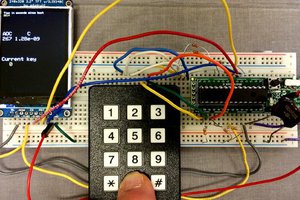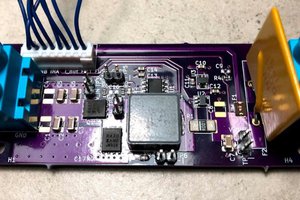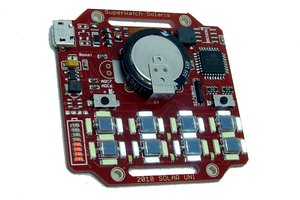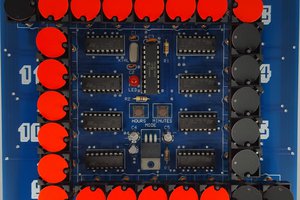The first 555 timer is run as an astable with a steering diode, so charge and discharge times have minimal interaction. A 1M ohm potentiometer and a 470k resistor set the forward current timing from 33 to 103ms.
Tfwd = 0.7 x 470k x 0.1u = 32.9e-3 minimum Fwd current time
Tfwd = 0.7 x 1470k x 0.1u = 102.9e-3 maximu Fwd current time
On the discharge time, a 1k resistor sets minimum reverse current time to about 0.1ms. Section A of a dual 50k potentiometer causes the discharge time to track the reverse timing set on the other 555 timer. A single section 50k potentiometer allows setting an additional discharge time as a rest time with no current.
Toff = 0.7 x 1k x 0.1u = 0.07e-3 minimum time that Fwd current is off
Toff = 0.7 x 51k x 0.1u = 3.57e-3
Toff = 0.7 x 101k x 0.1u = 7.07e-3
The lower 555 timer is run as a monostable. Because charge/discharge of an astable is 0.7RC for each cycle, but for a monostable charge is 1.1RC, the timing capacitor should be 0.64 of the first 555 timing capacitor. 0.062uF is the closest standard value. The second section of the dual 50k potentiometer and a 1k resistor controls reverse current time from about 0.1ms to about 3.5ms.
Trvs = 1.1 x 1k x 0.062u = .0682e-3
Trvs = 1.1 x 51k x 0.062u = 3.48e-3
With the optoisolators wired as they are, there can never exist a condition where too many power transistors are on.
The resistor and capacitor between pin 3 of U1 and pin 2 of U2 is a differentiator. So when the output of U1 is going from High to Low, a very short low pulse appears on pin 2 of U2, triggering the monostable. The diode is there so that when pin 3 of U1 goes from Off to On, it dumps the capacitor into Vcc rather than putting a 10V pulse into U2.
 Steven J Greenfield
Steven J Greenfield
 Bruce Land
Bruce Land

 bobricius
bobricius
 James Hutchby - MadLab
James Hutchby - MadLab